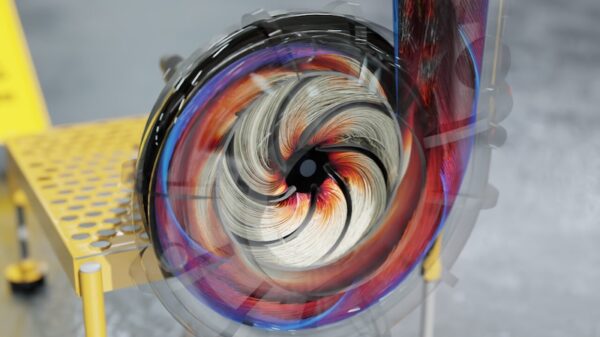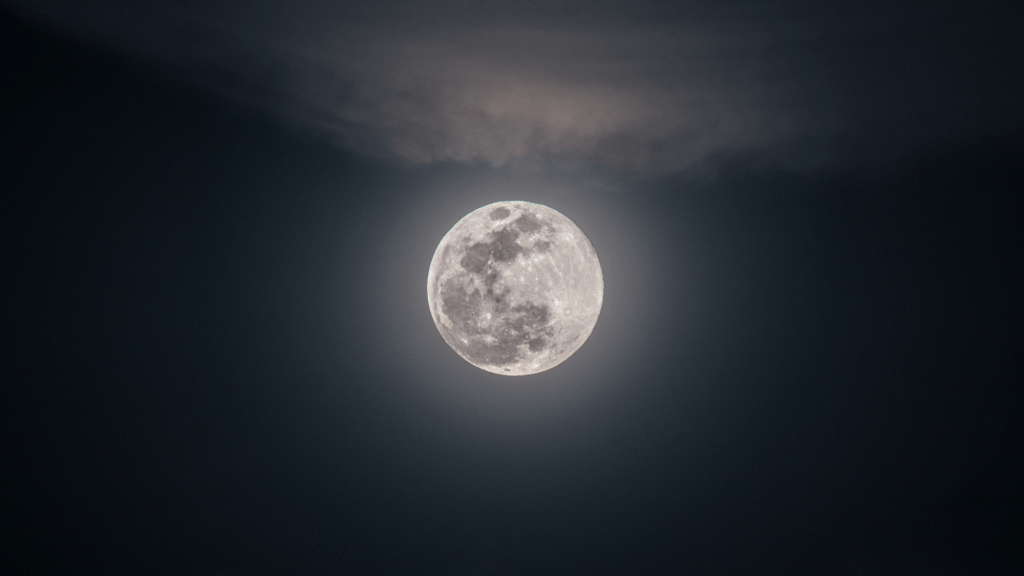URGENT UPDATE: Scientists are racing to explain mysterious flashes of light observed on the Moon, known as transient lunar phenomena (TLPs). These strange lights have been reported for centuries, but recent findings from the NELIOTA Project are shedding new light on their origins.
According to Anthony Cook, a physics researcher at Aberystwyth University, approximately 3,000 TLPs have been documented using telescopes and cameras. This surge in recorded events highlights an intriguing pattern that could answer long-standing questions about our lunar neighbor.
The phenomenon was first detailed in 1787 by British astronomer William Herschel, who spotted a glowing patch that lasted for hours. Since then, scientists have struggled to pinpoint the cause of these fleeting lights, which can range from brief flashes to longer-lasting glows.
Recent observations confirm that the quickest flashes are often triggered by meteoroids striking the Moon’s surface. Even small rocks can ignite bursts of heat and light upon impact. High-speed cameras have captured these events as recently as the 1990s and have confirmed over 200 more impacts during meteor showers, revealing a steady rhythm of collisions rather than a random occurrence.
However, longer-lasting lights present a different challenge. Some researchers propose that radon gas trapped beneath the lunar surface may escape during minor moonquakes, creating faint glows visible from Earth. These emissions are often found in areas rich in radioactive elements, lending credibility to this theory.
Additionally, there are reports of lights persisting for hours. Some scientists speculate that solar winds may stir lunar dust, allowing charged particles to scatter starlight back towards Earth. Conversely, others suggest these occurrences could be illusions from satellites or atmospheric effects seen from our planet.
Despite extensive study, the Moon continues to surprise researchers, reminding us how much is still unknown. With TLPs gaining renewed attention, the implications for lunar exploration and understanding are profound.
What Happens Next: As investigations continue, scientists are urging amateur astronomers and the public to report any sightings. The NELIOTA Project aims to deepen our understanding of these phenomena and their potential implications for future lunar missions.
Stay tuned for more updates on this developing story as researchers uncover the secrets hidden in the Moon’s light. The quest to understand these flickering phenomena is far from over, and every new discovery brings us closer to unveiling the mysteries of our celestial companion.




































































